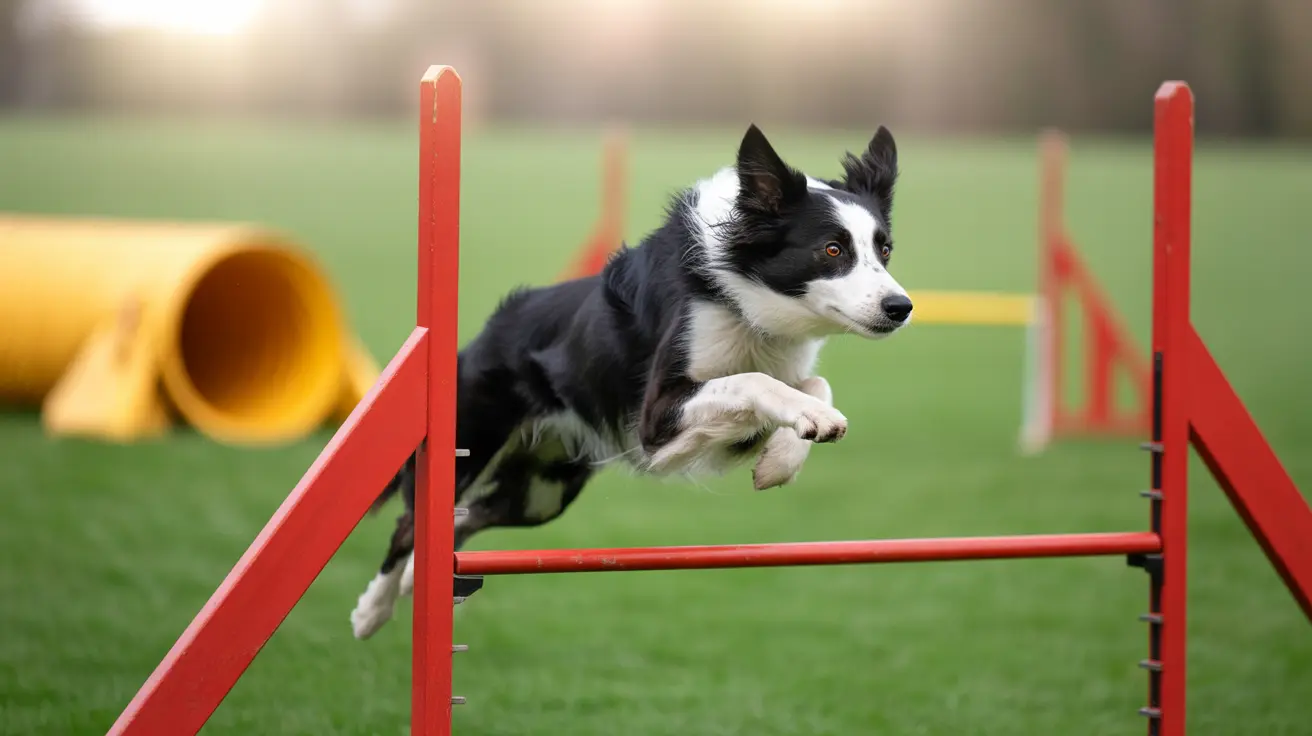Understanding the Spread of Mammary Cancer in Dogs
Mammary cancer is one of the most common types of cancer in female dogs, particularly those that remain unspayed or were spayed later in life. Among the various health concerns facing pets, mammary tumors pose a unique diagnostic and therapeutic challenge.
What is Mammary Cancer in Dogs?
Dogs have five pairs of mammary glands along their underside. Tumors can develop in any of these glands, though the rear glands are more frequently affected. Canine mammary tumors range from benign (non-cancerous) to malignant (cancerous). Alarmingly, around 50% of diagnosed tumors are malignant and therefore pose a risk of metastasis or spreading.
How Fast Does Mammary Cancer Spread?
The progression of mammary cancer in dogs often depends on multiple factors, including:
- Tumor Type: Some tumor types like anaplastic carcinomas and inflammatory mammary carcinomas are extremely aggressive and can spread rapidly.
- Stage and Grade: Higher-stage and poorly differentiated (high-grade) tumors are more likely to metastasize quickly.
- Size and Location: Tumors larger than 3 cm have a greater potential to spread.
- Lymph Node and Organ Involvement: By Stage IV or V (TNM classification), the cancer has already spread to lymph nodes or distant organs like the lungs, making it much harder to treat.
In malignant cases, metastatic spread often occurs to the lungs, lymph nodes, liver, or bone. Once cancer metastasizes, dogs may display systemic signs such as coughing, difficulty breathing, weight loss, or lethargy.
Key Risk Factors Influencing Spread
- Spay Status: Dogs spayed before their first heat cycle have a significantly reduced risk—less than 1%—of developing mammary tumors. The risk increases to 8% after the first heat and 26% after the second.
- Age: Most dogs develop mammary cancer between 7 and 11 years of age.
- Breed: Smaller breeds like Poodles, Chihuahuas, Dachshunds, and Yorkshire Terriers show a higher incidence. Boxers, Spaniels, and German Shepherds are also predisposed.
- Obesity and Hormonal Factors: Obese young dogs and those exposed to synthetic hormones have an elevated risk, which could correlate with a higher likelihood of malignancy.
Clinical Signs and Early Detection
- Lumps or Masses: Often the first sign, these can feel firm, nodular, or fixed to underlying tissues.
- Inflammatory Signs: Redness, swelling, and warmth may indicate aggressive forms like inflammatory carcinoma.
- Systemic Symptoms: Advanced or metastatic disease can present as chronic coughing, lack of appetite, weight loss, and general malaise.
Due to the subtle onset of symptoms, many mammary tumors are found incidentally during petting or veterinary exams.
Diagnostic Tools to Assess Spread
- Physical Exams and Palpation of the mammary glands and lymph nodes.
- Imaging: Chest X-rays and abdominal ultrasounds are essential for identifying metastasis.
- Fine Needle Aspiration (FNA) and Biopsies: These help identify tumor type and whether malignant characteristics suggest fast progression.
- Histopathology: Post-surgical analysis determines tumor grade and stage, crucial for predicting spread.
The TNM classification system categorizes cancer stages from I to V:
- Stage I: Tumor <3 cm, no spread
- Stage II: Tumor 3–5 cm, no spread
- Stage III: Tumor >5 cm, no spread
- Stage IV: Any size, lymph node involvement
- Stage V: Distant metastases present
Treatment and Management
Surgery is typically the first line of treatment. Options depend on tumor size and spread:
- Localized Removal: For small benign or well-defined tumors
- Mastectomy or Mammary Strip: For extensive or multifocal tumors
- Lymph Node Management: Removal or biopsy for staging accuracy
Adjunct Therapies include:
- Chemotherapy: Used for high-risk malignant tumors, though effectiveness in dogs is variable.
- Radiation Therapy: Applied especially in incomplete excisions or inflammatory cancers.
- NSAIDs: Provide pain relief and inflammation control—especially important in aggressive tumors.
- Spaying: Concurrent spaying improves prognosis in hormone-sensitive tumors.
Prognosis and Survival Outlook
Early-stage and low-grade tumors are associated with good surgical outcomes and longer survival rates. In contrast, rapid spread and aggressive types severely limit treatment options and shorten lifespan. Median survival drastically drops in animals with metastatic disease.
Prevention and Early Detection Tactics
- Spaying Before First Heat: The most effective preventive step a pet owner can take.
- Routine Home Checks: Gently palpating along your dog’s mammary chains can reveal lumps early.
- Veterinary Exams: Annual or biannual visits are critical for early detection and treatment planning.
Final Thoughts
While not all mammary tumors are immediately life-threatening, malignant forms spread quickly and carry serious health risks. Prompt detection and treatment can greatly improve outcomes. Understanding the warning signs and preventive strategies empowers dog owners to make informed decisions for their pets’ health and longevity.





